President Trump says the European Union treats the United States very badly and they will be hit with tariffs
Former President Donald Trump has once again lashed out at the European Union (EU), accusing the bloc of treating the United States unfairly in trade relations. In a recent statement, Trump warned that if the EU does not change its trade practices, the U.S. will impose tariffs, signaling a return to the combative trade policies that defined much of his presidency.
This latest declaration has raised concerns about the potential for escalating trade tensions between the U.S. and one of its largest economic partners, with many wondering how these actions might impact global trade, the U.S. economy, and U.S.-EU relations going forward.
Trump’s criticism of the European Union is not new. During his time in office, the former president repeatedly targeted the EU, accusing it of imposing unfair trade practices that hurt American businesses and workers. He often pointed to the EU’s trade barriers, tariffs, and what he perceived as the lack of reciprocal trade policies as key issues. Trump’s administration enacted a series of tariffs on European goods, including steel and aluminum, in a bid to force the EU to the negotiating table and renegotiate trade terms. The EU, in turn, retaliated with tariffs on American products, leading to a tense and at times volatile trade relationship.
Trump’s latest remarks about imposing tariffs on the EU suggest that he may be prepared to return to these aggressive trade policies if he were to re-enter the political spotlight. With the U.S. economy facing challenges such as inflation, supply chain disruptions, and global economic uncertainty, the former president’s stance on trade could have significant implications not only for U.S.-EU relations but for the broader international trade system.
The Background of U.S.-EU Trade Tensions
The trade relationship between the U.S. and the European Union has always been complex. On the one hand, the EU is one of the U.S.’s largest trading partners, and the two have significant economic ties, including the exchange of goods, services, and investment. On the other hand, trade imbalances, differing regulatory standards, and the EU’s protectionist policies have long been points of contention.
During Trump’s presidency, trade tensions with the EU reached new heights. One of the key areas of conflict was the U.S. decision to impose tariffs on steel and aluminum imports, which affected many EU member states, particularly those with strong industrial sectors. The EU responded by imposing retaliatory tariffs on American products such as motorcycles, bourbon, and jeans. The back-and-forth tariffs led to a highly charged atmosphere of trade disputes, with both sides accusing each other of unfair practices and protectionism.
Trump’s administration also took issue with what it saw as the EU’s lack of cooperation on broader trade agreements, such as the Transatlantic Trade and Investment Partnership (TTIP), which was intended to further open up trade between the U.S. and the EU. The negotiations around TTIP stalled under Trump, with the former president prioritizing more favorable trade terms for the U.S. and less emphasis on multilateral agreements.
The tension between the U.S. and the EU came to a head during the trade war with China, where the EU’s relationship with China was a point of contention. While the U.S. focused on confronting China over issues like intellectual property theft, market access, and trade imbalances, the EU took a more cautious approach, maintaining strong economic ties with China. Trump’s frustration with the EU’s stance was evident, and he repeatedly criticized the bloc for its failure to support the U.S. in its trade battles with Beijing.
The Potential Impact of New Tariffs on U.S.-EU Relations
If President Trump were to follow through on his threat of imposing new tariffs on the European Union, it could strain the already delicate relationship between the U.S. and the EU. Both sides would likely feel the economic consequences of such a move, with businesses on both sides of the Atlantic facing higher costs and reduced access to each other’s markets. The EU, which is heavily reliant on trade with the U.S., would be impacted by the imposition of tariffs, especially in sectors such as automotive, aerospace, and agriculture.
For American consumers, the impact of tariffs could be felt through higher prices on imported European goods. Products such as luxury cars, clothing, and electronics could become more expensive, affecting the purchasing power of American consumers. Industries that rely on European imports for raw materials or finished goods might also experience supply chain disruptions, further exacerbating the economic challenges the U.S. is currently facing.
On the diplomatic front, new tariffs could cause a further deterioration in U.S.-EU relations. The European Union has already voiced its concerns about the trade practices of the Trump administration, and any new tariffs would likely lead to more retaliatory actions. Such a scenario could trigger a cycle of escalating trade disputes, which might have broader implications for international trade norms and multilateral cooperation. The EU has historically been an advocate for a rules-based global trading system, and Trump’s approach of using tariffs as a negotiating tool challenges that framework.
In addition to the economic impact, a new round of tariffs could undermine cooperation between the U.S. and the EU on other critical global issues, including climate change, security, and global health. Both sides have worked together in recent years on addressing these challenges, but trade tensions could derail this cooperation, making it more difficult to address pressing global issues.
Trump’s “America First” Trade Policy and Its Resurgence
Trump’s comments about imposing tariffs on the European Union are a clear reflection of his “America First” trade policy, which was a central tenet of his presidency. This policy emphasized reducing trade deficits, renegotiating trade deals, and taking a more aggressive stance in trade negotiations with global partners. Trump’s approach was often characterized by unilateral actions, such as the imposition of tariffs, rather than working within international trade frameworks like the World Trade Organization (WTO).
Trump’s “America First” policy was designed to prioritize American workers and businesses, particularly in industries that were seen as being hurt by foreign competition. His administration sought to bring manufacturing jobs back to the U.S., and tariffs on imports were used as a tool to encourage companies to shift production to the U.S. or seek alternative suppliers.
While many of Trump’s supporters praised his tough stance on trade and his efforts to hold foreign countries accountable for unfair practices, critics argued that his policies led to unnecessary trade wars, disrupted global supply chains, and harmed American consumers. The imposition of tariffs also led to tensions with traditional allies, such as the EU and Canada, who were subject to U.S. trade restrictions.
With the possibility of a return to these policies, Trump’s recent comments highlight how his approach to trade could play a significant role in any future political campaigns. His stance on tariffs and trade is likely to resonate with his base, particularly those who feel that the U.S. has been taken advantage of by foreign powers in the past. However, the broader economic and diplomatic consequences of such policies remain uncertain, especially in a globalized economy where trade relationships are increasingly interconnected.
The Road Ahead: Will the U.S. and EU Reach a Trade Deal?
As President Trump contemplates a return to his hardline trade stance with the European Union, the future of U.S.-EU relations hangs in the balance. The potential for new tariffs raises important questions about the direction of global trade and the role of the U.S. in shaping international economic policy.
For the EU, the key will be whether it can find common ground with the U.S. on trade issues while maintaining its commitment to a rules-based global trading system. Diplomatic efforts to resolve trade disputes and negotiate better terms could help prevent a full-blown trade war, but the road to a new trade deal may be fraught with challenges.
For Trump, his approach to trade with the EU will likely remain a defining issue in his political career. Whether or not his threats of tariffs come to fruition, the conversation surrounding U.S.-EU trade relations will continue to evolve, with both sides needing to balance their economic interests and long-term diplomatic goals. The world will be watching closely to see how these developments unfold and what they mean for the future of global trade.
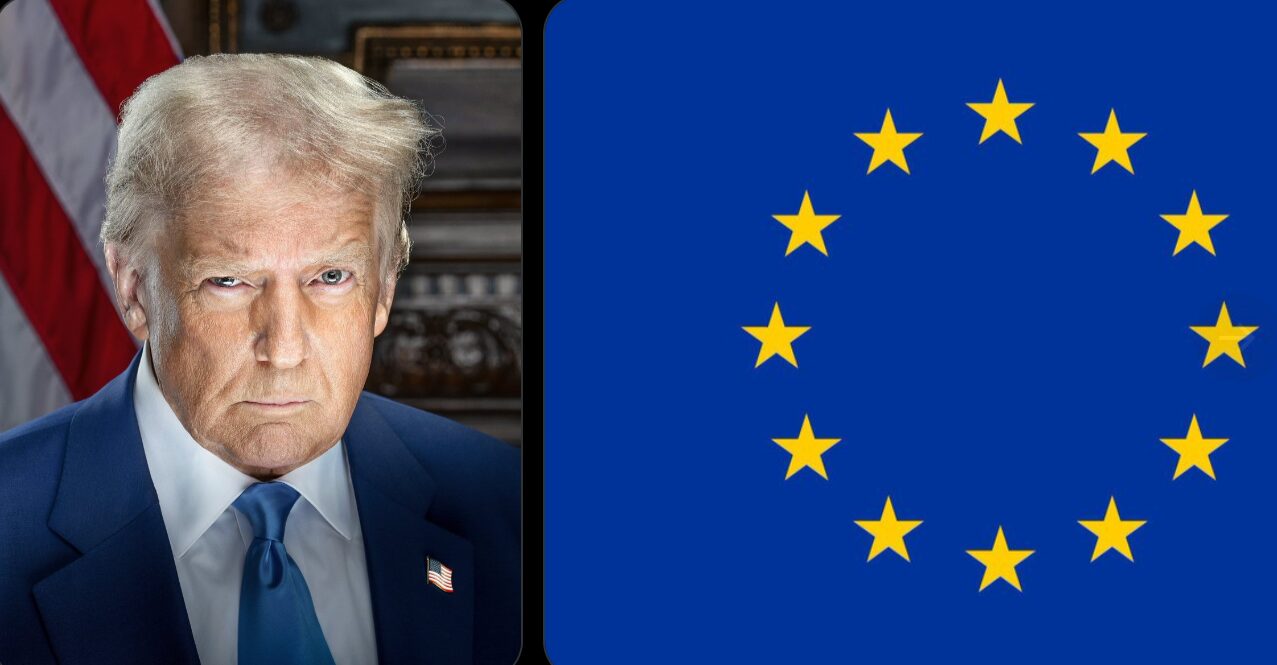
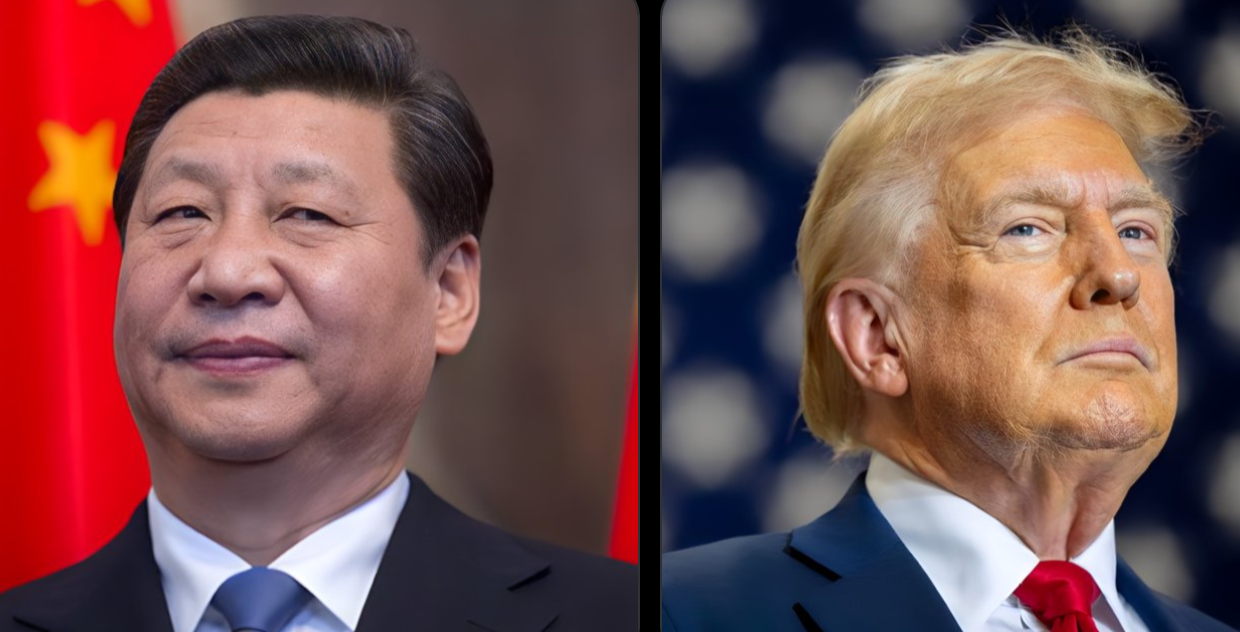

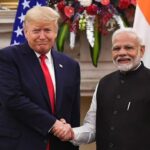

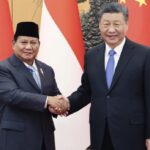





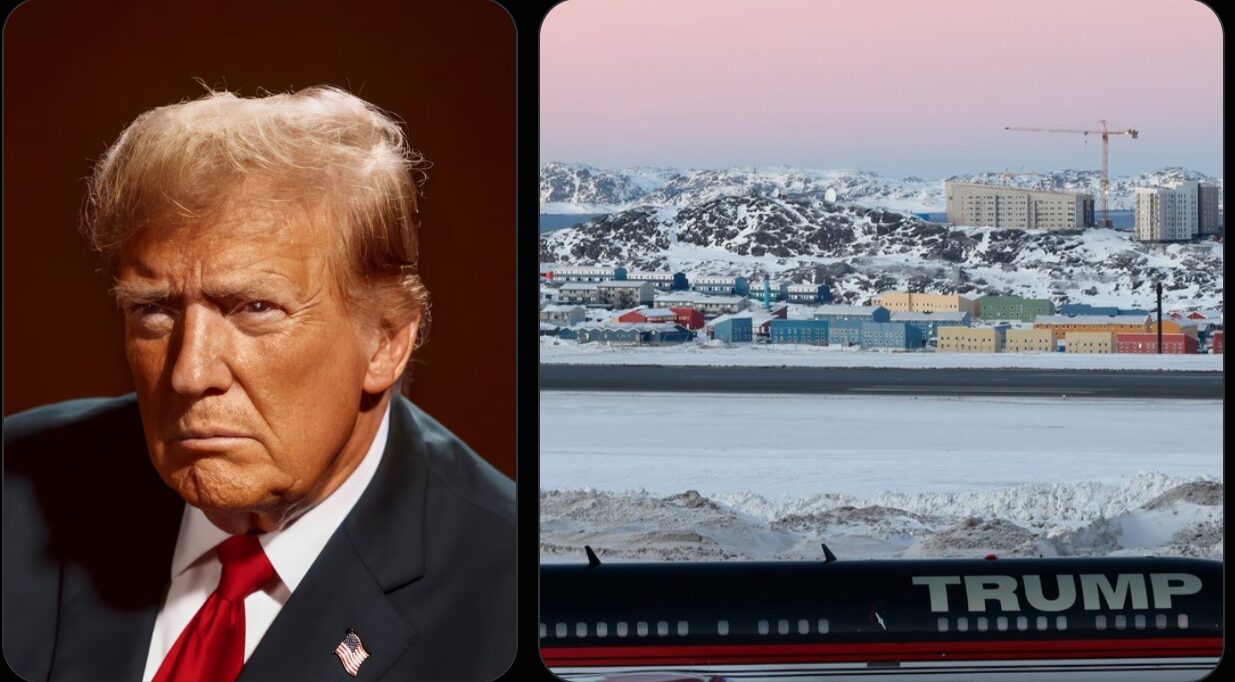
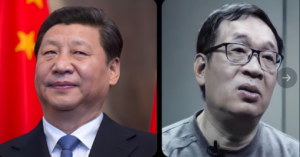




Post Comment